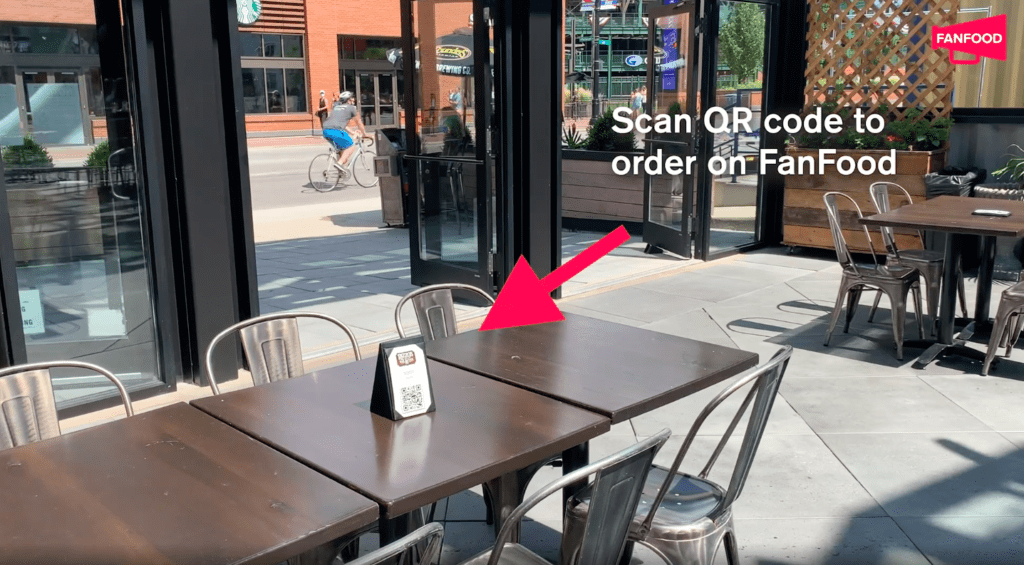5 Industries That Are Saying Goodbye to Cash
The past few years have seen a rise in businesses going cashless, and COVID-19 has accelerated 3-5 years worth of cashless ordering adoption to within 6 months. In addition to the fact over half of Americans are no longer carrying cash, businesses are now seeking ways to eliminate physical touchpoints to keep their customers safe. Eater reports that last year, around 80 percent of payments in the U.S. were through credit cards or payment apps. This year as a result of the pandemic, we’ve seen mobile ordering adoption rate at our partner businesses increase by 10X this year — a truly staggering growth, but also a telltale sign of how contactless ordering is now the expectation. This week we take a look at 5 markets where you’ve probably seen mobile ordering gaining popularity nearly overnight. Restaurants Since the onset of COVID-19, many restaurants have been struggling with both dwindling traffic and increasing cost. In fact, according to a survey conducted by the Beard Foundation and the Independent restaurant coalition, 80 percent of independent restaurant operators aren’t certain their businesses will survive the pandemic.



Customers at Rizzo’s can scan QR code to see menu and directly order on their phone through FanFood.
Still, restaurants like Rizzo’s Bar & Inn in Wrigleyville are doing everything to keep business alive and to protect their customers from incurring costs and from the pandemic. CDC guidelines encourage cashless and touchless payment. Establishments are already adopting QR code-based digital menus because of the pandemic. Why not go the extra mile and let customers order directly from those digital menus as well? Our partners have been using FanFood for contactless dine-in, where a customer can scan the QR code at the table, which directly points the customer to their digital FanFood storefront in the browser. From there the customer can browse the menus and place an order directly without having to interact with a waiter. Plus, cutting down on wait staff helps restaurants save on labor costs. One feature restaurants can offer dine-in customers is the “order ahead” option, which can help to limit time spent in the dining room and speed up transaction times as well. According to projections from QSR Magazine, mobile ordering will account for 10.7 percent of sales for the sector by 2020. An added bonus? Mobile ordering can increase basket size because customers are more likely to put more items in the cart on the phone. FanFood’s partners have seen up to 40% increase in average order size.Stadiums
Mercedes Benz Stadium in Atlanta was one of the first stadiums to go cashless in 2019.
According to Sport Business Daily, in its first year as a cash-free venue, Mercedes-Benz Stadium in Atlanta saw a combined 16 percent increase in food and beverage spending at Atlanta Falcons and Atlanta United games, and it was ranked as NFL fans’ favorite when it came to F&B and speed of service. This clearly indicates that the move toward cashless payment was a success for both the business and the fans. While the number of businesses implementing cashless payment is certainly increasing, some cities and states prohibit businesses from rejecting cash payments. The list of places in the U.S. with a cashless ban includes Philadelphia, New York City, San Francisco, Oregon, New Jersey and Massachusetts. With those bans in mind, businesses can find ways to accommodate for cash. For example, Mercedes-Benz Stadium has ten cash-to-card kiosks, where guests can feed the cash into the machine and obtain a prepaid debit card for the same amount and no transaction fee. At Tropicana Field, Tampa Bay Rays fans without electronic payment can exchange their cash for gift cards at retail locations or through roaming gift card vendors.
Tropicana Field in Tampa Bay
Hotels
Summer months are usually when the hotel industry is booming, but with people traveling less now because of the pandemic, hotel occupancy in the U.S. is down. According to Statista, June occupancy rates were just 42.2 percent, a 31.3 percent decline from last year.
Ulu Cliffhouse in Bali. Source: Pinterest.
What should we expect to see for the rest of 2020 and beyond?
The cashless craze is taking over, from sports and live entertainment to beaches, hotels and restaurants. More and more stores and restaurants are saying they’re moving to a completely “cashless” experience. The fact is, the mass adoption of easy-to-access card payment devices, apps and mobile wallets have trained customers to expect the convenience of digital payment wherever they are. In today’s on-demand economy, the blossoming of tech solutions is only heralding a new era to come. If you’re looking to try cashless payment systems at your business, check out this blog to learn more about FanFood’s product capabilities.

